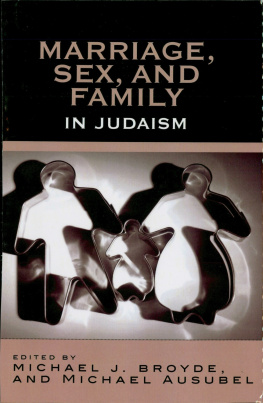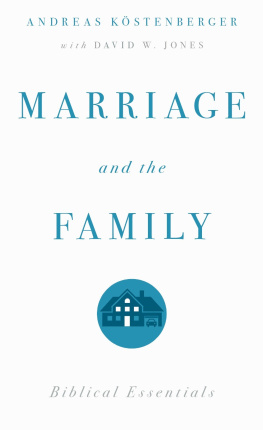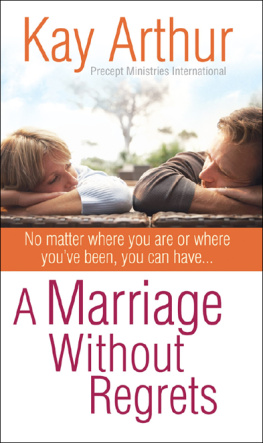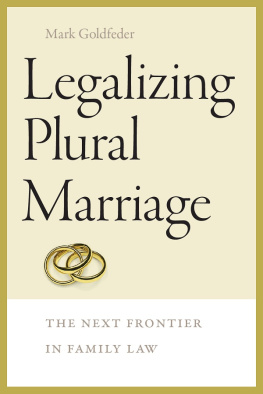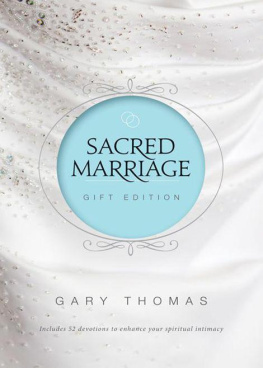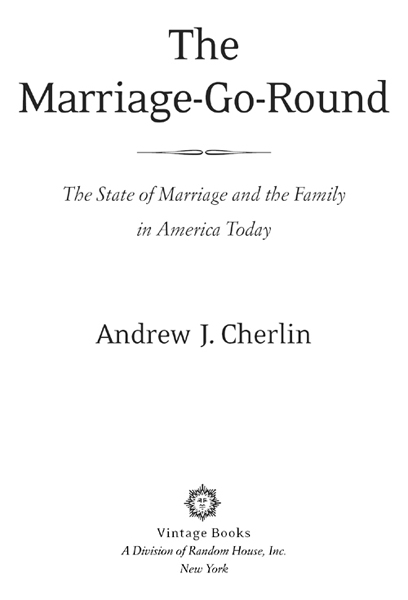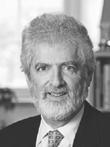
Andrew J. Cherlin
The Marriage-Go-Round
Andrew J. Cherlin is the Benjamin H. Griswold III Professor of Sociology and Public Policy at Johns Hopkins University and is the author of Public and Private Families. His articles have appeared in The New York Times Magazine, The Nation, and on the op-ed pages of The New York Times, The Washington Post, and other publications. He has been a recipient of a John Simon Guggenheim Memorial Foundation Fellowship and the Distinguished Career Award from the Family Section of the American Sociological Association. He lives in Baltimore.
Also by Andrew J. Cherlin
Public and Private Families: An Introduction
FIRST VINTAGE BOOKS EDITION, APRIL 2010
Copyright 2009 by Andrew J. Cherlin
All rights reserved. Published in the United States by Vintage Books, a division of Random House, Inc., New York, and in Canada by Random House of Canada Limited, Toronto. Originally published in hardcover in the United States by Alfred A. Knopf, a division of Random House, Inc., New York, in 2009.
Vintage and colophon are registered trademarks of Random House, Inc.
Grateful acknowledgment is made to the following for permission to reprint previously published material:
Annual Review of Sociology: Excerpt from Stepfamilies in the United States: A Reconsideration by Andrew J. Cherlin and Frank F. Furstenberg, Jr. (Annual Review of Sociology, volume 20, August 1994). Reprinted by permission of the Annual Review of Sociology.
Wiley-Blackwell: Excerpts from The Deinstitutionalization of American Marriage by Andrew J. Cherlin (Journal of Marriage and Family, volume 66, November 2004). Reprinted by permission of Wiley-Blackwell.
The Library of Congress has cataloged the Knopf edition as follows:
Cherlin, Andrew J., [date]
The marriage-go-round : the state of marriage and the family in America today /
by Andrew J. Cherlin. 1st ed.
p. cm.
1. FamilyUnited StatesHistory. I. Title.
HQ535.C416 2009
306.850973dc22 2008053508
eISBN: 978-0-307-77351-7
Author photograph Will Kirk
www.vintagebooks.com
v3.1_r1
To Peach
Contents
Acknowledgments
The idea for this book began with a conversation I had with my British colleague Kathleen Kiernan, of the University of York, about the differences between American families and Western European families. Early on, Nancy Cott and John Gillis took the time to meet with me to discuss my preliminary thoughts on United States history, and Alan Wolfe talked with me about American religion and subsequently read a draft of the manuscript. A conference on marriage and child wellbeing, hosted by Sara McLanahan at Princeton University, gave me the first opportunity to express some of the arguments in this book. I received valuable comments on early drafts from Larry Bumpass, Frank Furstenberg, and Pamela Smock. I thank Jeffrey Timberlake for providing me with special tabulations on family instability from his work with Patrick Heuveline. I also thank Robert Baller, who at my request constructed a map of high-divorce and low-divorce areas in the United States. Maria Cancian, Myra Marx Ferree, Mary Ann Glendon, and Robin Wilson sent me unpublished papers that were very useful. Gunnar Andersson helped me to interpret his life table estimates from the multinational Fertility and Family Surveys project. In addition, I gratefully acknowledge the John Simon Guggenheim Memorial Foundation for awarding me a fellowship for the academic year 20052006 that allowed me to write a first draft. And finally, I thank my editor at Knopf, Victoria Wilson, who saw the promise of the project and helped me transform the drafts into a book.
Introduction
Although I have been writing about American families for three decades, I began to develop the idea for this book only in the past few years. It seemed to me that family life was different in the United States than in the other Western countriesWestern Europe and the non-European English-speaking nations of Canada, Australia, and New Zealandin a way no one really understood. I noticed, first of all, that in none of the other countries has marriage become a social and political battlefield. Nowhere else is the government spending money to promote marriage. In no other Western country would a person walking down the street see the advertisement I have seen on the sides of buses in Baltimore: a smiling couple proclaiming, Marriage works. Moreover, nowhere else is the debate about same-sex marriage so fierce.
These observations imply that whats different about the United States is the strength of marriage as a cultural ideal. Although thats true, other signs suggested to me that the promarriage ideal is only part of the American difference. I know that in no other Western country is the waiting period for a no-fault divorce so short. I was stunned to read, buried in a footnote in an academic journal, that children living with two married parents in the United States have a higher risk of experiencing a family breakup than do children living with two unmarried parents in Sweden.
Moreover, I reflected on what happened when, in 1997, the Louisiana legislature passed the first law in the United States allowing covenant marriage as an option for couples applying for marriage licenses. In a covenant marriage, both spouses agree to restrictions on how quickly and easily they can obtain a divorce. Shortly after the laws enactment I received calls from several reporters seeking my reaction. They assumed that a majority of couples would choose the covenant option. After all, wouldnt people who refused it be telling their partners that they werent sure they wanted a lifetime commitment? Wouldnt the regular version seem like marriage lite? Despite these arguments, I was skeptical that most people would agree to lock the exit door so tightly. I guessed that maybe a third of all couples would choose covenant marriage. Several years later, it became clear that my guess was wildly high: almost no one had chosen covenant marriage. Less than 2 percent had opted for it in Louisiana and in Arkansas, which introduced it in 2001.
Why did so many newlyweds turn down the opportunity to restrict their ability to divorce? The answer lies in the competing cultural models that Americans hold. Just as the word marriage taps a reservoir of positive sentiment in America, so does the phrase individual freedom. The United States is unique among nations in its strong support for marriage, on one hand, and its postmodern penchant for self-expression and personal growth, on the other hand. You can find other Western countries where marriage is strong, such as Italy, where few children are born outside of marriage and relatively few people live together without marrying, and you can find Western countries with highly individualistic values, such as Sweden, where marriage and cohabitation are virtually indistinguishable. But only in the United States can you find both. Consequently, Americans are conflicted about lifelong marriage: they value the stability and security of marriage, but they tend to believe that individuals who are unhappy with their marriages should be allowed to end them. What Americans want, in other words, is for everyone else to have a covenant marriage.


